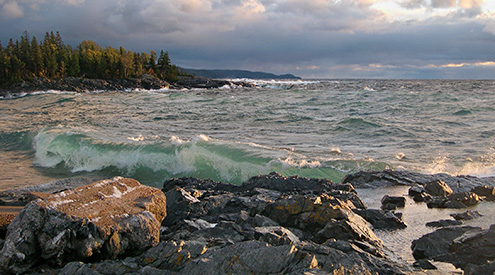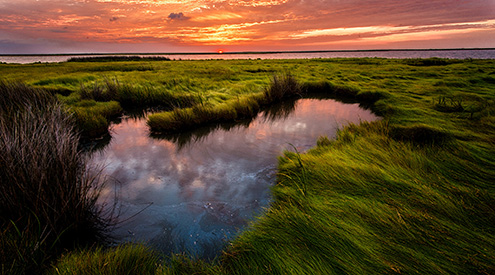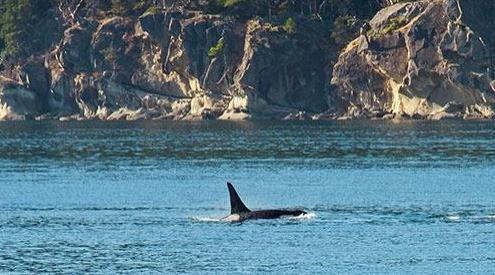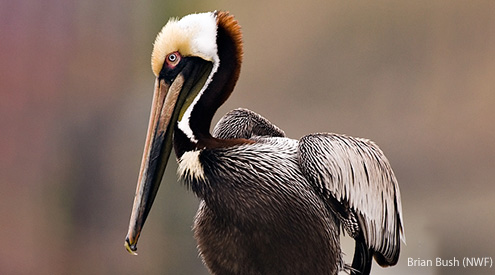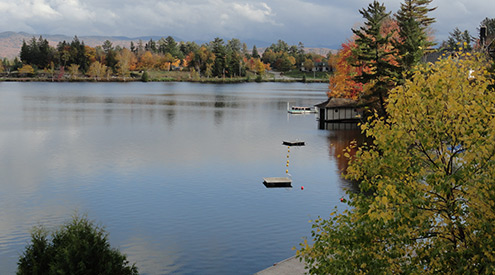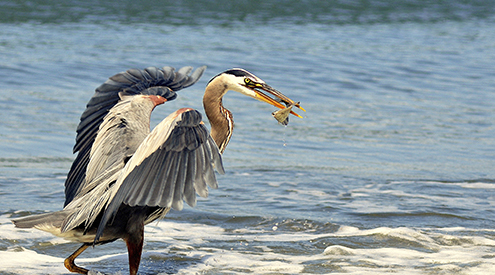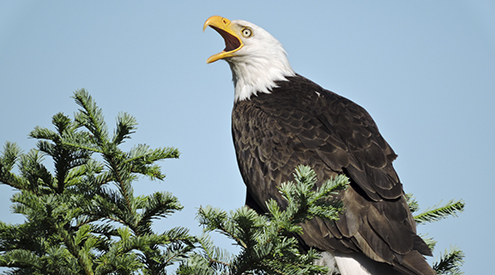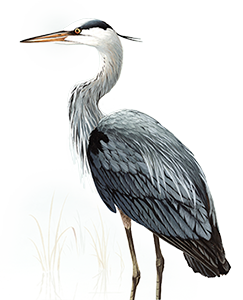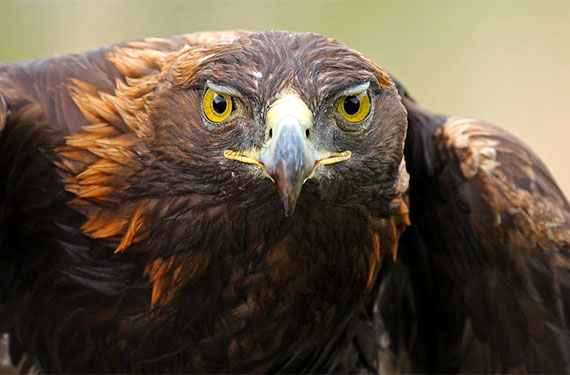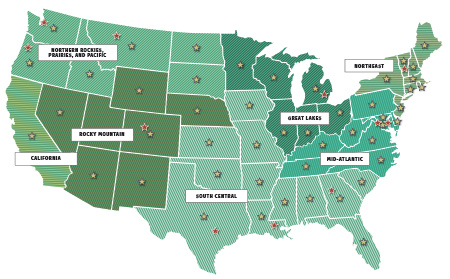Across the country, people are working to heal entire ecosystems by rectifying damage caused by development pressures, poor management, and large-scale threats like climate change. In the Mississippi River Delta leaders work to rebuild wetlands destroyed by altering the flow of the Mississippi River. In the Great Lakes they hope to clean up the toxic legacy left behind from the past century.
Ecosystem restoration results in self-sustaining, healthy habitats for use by people and wildlife. However, restoration leaders face many challenges they must navigate, including complicated processes, lack of funding, and determining how to address the impacts of climate change.
Recognizing that restoration leaders nationwide share many of the same challenges, the National Wildlife Federation has worked for the past several years to create a forum in which restoration advocates can share their ideas and work toward smarter, better restoration policies.
Great Waters Restoration Coalition
The National Wildlife Federation helped found and build the America's Great Waters Coalition to help restoration advocates unify their voice at the national level.
The National Wildlife Federation took a major step toward realizing this vision in June 2009 with the Great Waters Summit, which brought together over a hundred leaders including scientists, federal and state agency officials, non-governmental organizations, and business leaders from across the country.
The goals of the America's Great Waters Coalition are to:
- Make the restoration of our great waters a national priority
- Secure sustainable, dedicated funding for restoration
- Enact and ensure sound implementation of restoration projects
America's Great Waters
Our nation's aquatic ecosystems sustain our existence. America's waters provide us with drinking water, recreational opportunities, and a conduit for transportation, while simultaneously hosting diverse fish and wildlife communities. Quite simply, uncontaminated waters make life as we know it possible. Due to our dependence on and constant use of our water resources, restoring these important ecosystems is both challenging and crucial.
